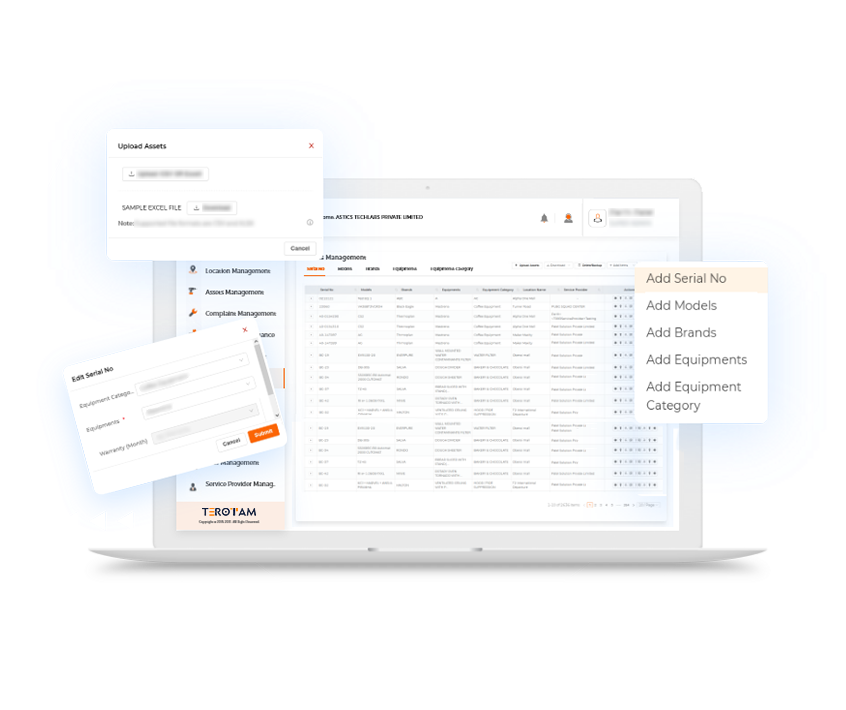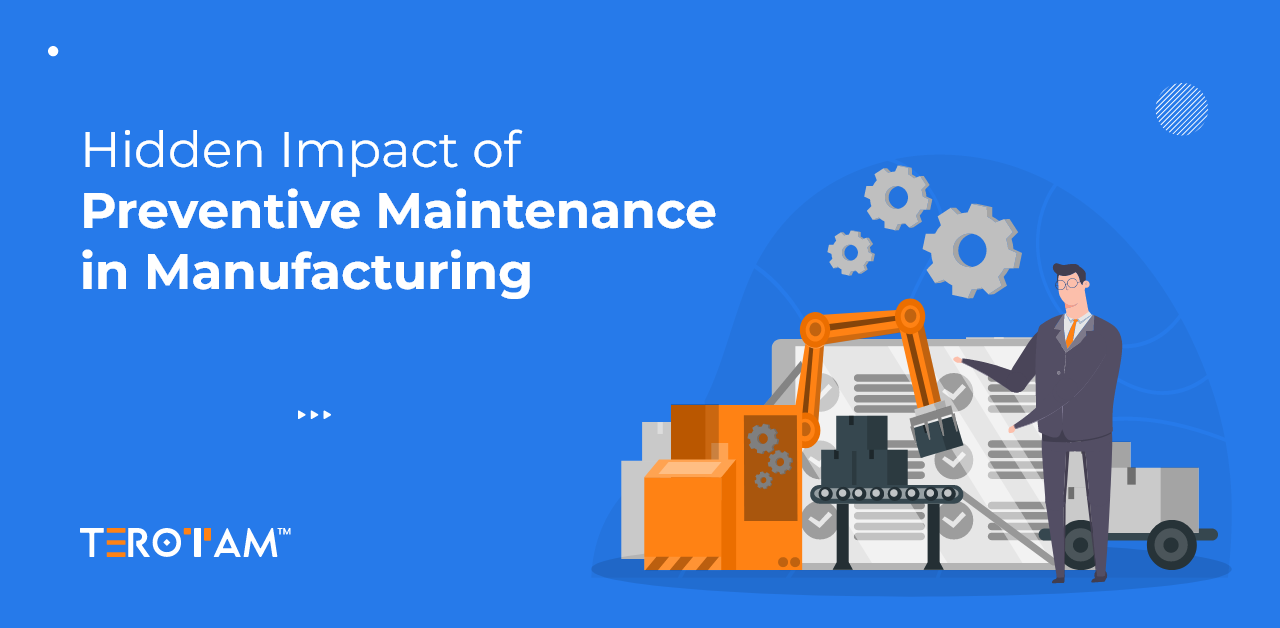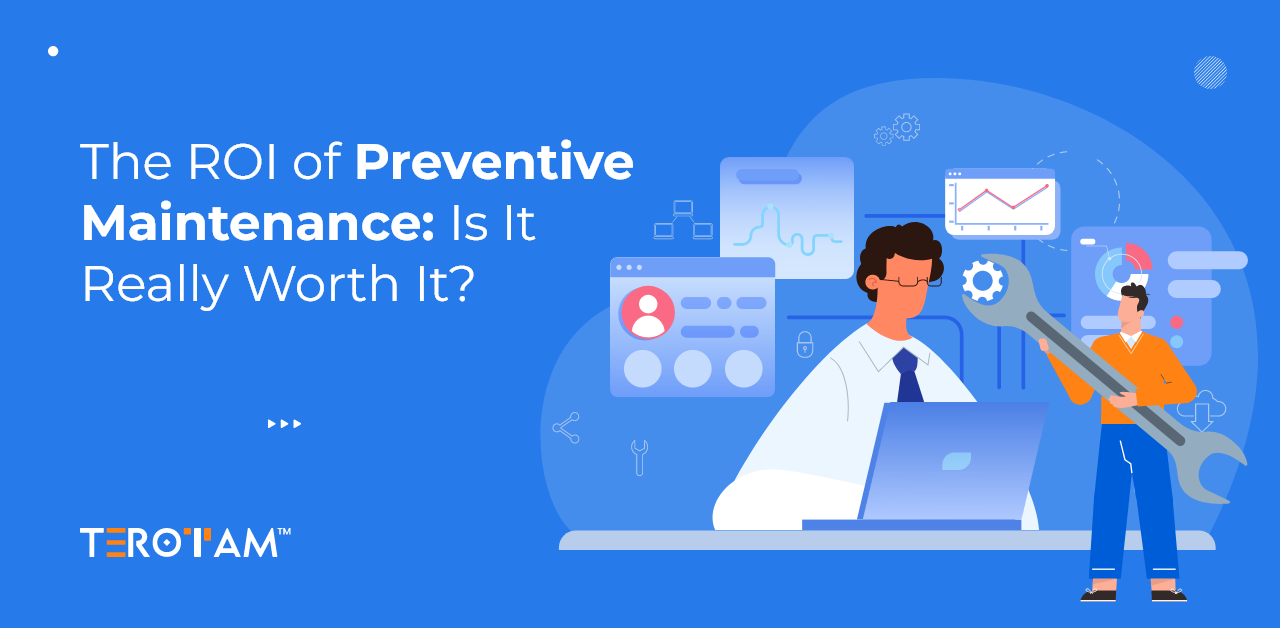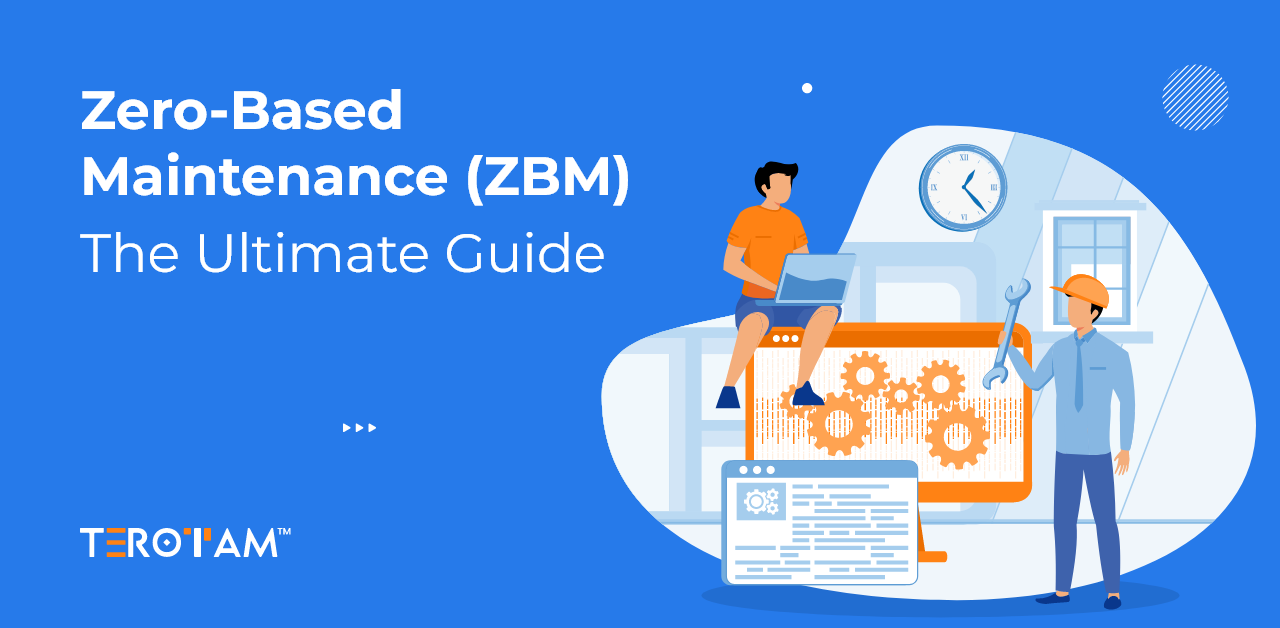A malfunctioning piece of equipment may be quite difficult, as anyone who manages maintenance at a manufacturing plant or production facility is probably aware. You require an extensive preventative maintenance plan since even one malfunctioning piece of equipment can bring your entire operation to a halt.
In order to maintain equipment operating at its best and prevent unintended breakdowns, preventive maintenance entails arranging a variety of routine maintenance tasks at regular intervals. Preventive maintenance planning, management, and performance evaluation all need the use of CMMS software.
Preventive Maintenance: What Is It?
Preventive maintenance entails resolving minor issues before they grow into major ones. Preventive maintenance programs’ major objectives are to:
a) extend an asset’s usable life.
b) prevent unanticipated downtimes.
The amount of time a machine, system, or piece of equipment is out of commission is referred to as downtime. As a result, condition monitoring is an essential part of preventative maintenance plans. The evaluation of particular machine behavioral indicators, such as temperatures, vibrations, and oil levels, in order to look for impending failure, is known as condition monitoring.
What Makes Preventive Maintenance So Crucial?
Because it establishes the groundwork for effective facility management, preventive maintenance is crucial. Preventive maintenance keeps your assets and equipment in top condition, ensures employee safety, and aids in preventing major, expensive repairs in the future. Overall, a strong preventive maintenance strategy makes sure that operational hiccups are kept to a minimum.
Why Isn’t Preventive Maintenance Practiced By Everyone?
Why don’t more firms prioritize preventative maintenance programs in light of their shown benefits? Our study shows that asset management solutions aren’t always effective in maintenance departments. This makes it challenging to do normal maintenance and to make judgments based on the asset’s history. Creating a preventative maintenance program from scratch can be frightening, but it’s true! Many maintenance teams are so swamped with reactive maintenance that they are unable to even consider finding time for preventative maintenance.
5 Best Practices to Enhance Your Preventive Maintenance
1. Determine and Deal with Risk Areas
Maintenance managers with experience and responsibility are adept at enhancing preventive maintenance. To begin with, they are continuously looking for weak points, such as defective equipment, inefficiencies, concealed equipment difficulties, and more. Inspections, audits, checklists, and a CMMS software solution can all be used to find problematic areas. After that, maintenance managers can lessen current or projected issues by filling in the gaps they discover utilizing a variety of techniques. It is a process and not a task, thus doing it only once is insufficient. In order to enhance maintenance management at their facilities, maintenance managers must continually identify and handle risks.
2. Conscious Control over Components and Spare Parts
In addition to replacing components and spare parts, maintenance management also involves using tools to carry out urgent and planned work orders. Organizations with more equipment require a larger maintenance staff as well as more components and spare parts. Maintenance efforts may be hampered by the difficulty of managing the inventory of all these parts.
However, the absence of the component from the inventory results in protracted downtime and production hiccups. Additionally, if the parts aren’t available in advance and are only bought when necessary, it may result in higher prices. The spare parts inventory is essential, which brings us to the following piece of advice on how to enhance preventive maintenance. The stock must be more tightly managed by maintenance managers, who must also guarantee that tools, spare parts, and other supplies are always available.
Utilizing a CMMS software solution and allocating staff to regularly check quantities can be extremely beneficial. The company can place orders whenever the quantity of a part reaches a predetermined level to ensure that there are always enough parts accessible for use, assuring easier maintenance jobs, cutting downtime prolongation, and limiting disruptions.
3. Putting Regular Cleaning First
Regular equipment cleaning is one of the simplest yet most powerful solutions for enhancing preventive maintenance. Maintenance crews can maintain adequate ventilation, lessen wear and tear, overheating, permanent damage, and emergency repairs, and even help the equipment last longer by cleaning it on a regular basis.
4. Capitalize the Production Outages
Outages that occur suddenly and without warning are harmful to any firm. The majority of the equipment is idle and available for maintenance, so maintenance managers can take advantage of the outages. Additionally, maintenance managers can reserve particular work orders for outages. As a result, if there are outages, maintenance teams can take care of the machinery that is needed it during operation.
Maintenance managers may help their staff make the most of a scenario and increase asset reliability by preparing for outages and either tackling the backlog or performing maintenance on machinery that was too important to be taken offline.
5. Remove Maintenance Bottlenecks
Preventive maintenance refers to routine maintenance, inspections, servicing, and emergency repairs for various pieces of equipment. To avoid maintenance becoming a production bottleneck, all maintenance tasks must be scheduled in a way that has no impact on output.
There are several approaches to guarantee that maintenance doesn’t interfere with output. Plan maintenance during outages is one of the methods listed above. Given that machinery may not be operated continuously throughout the day, it is usual practice to plan maintenance work for times when the equipment is not in use. Scheduling downtime to take the asset offline and service it is one of the most popular strategies. The machinery will break down, malfunction, or even expire before it should if these maintenance duties are not performed, even if some people might find them obtrusive. Therefore, businesses need to schedule time for equipment maintenance, checks, cleanings, etc.
How CMMS Software Can Help You Enhance Your Preventive Maintenance?
1. Asset Management:
The CMMS software offers thorough asset management features, such as tracking equipment criticality and grouping. Additionally, it offers the complete history of the particular equipment, including previous failures and failure modes, as well as the operating environment, allowing one to choose an efficient preventive maintenance schedule.

2. Schedule and Task Library:
CMMS software allows for the library-based management of the Preventive Maintenance program. For every applicable preventive maintenance schedule for a certain group of equipment, the library holds the schedules and tasks (work plans) for that schedule. The updated versions of schedules and tasks can be managed with ease. All of the equipment that is a part of that equipment group can easily be updated to the most recent version.
3. Monitoring Crucial Performance Indicators:
For the purpose of tracking the performance of crucial metrics, CMMS software assists in connecting with various operational technologies such as PLC, SCADA, DCS, MES, Sensors, and other Internet of Things. During the implementation of preventive maintenance, the maintenance crews have easy access to this information for review. The performance decline and impending failures of crucial parameters can be identified by trend analysis. Preventive maintenance programs may perform better as a result of such a proactive strategy.
4. Widespread Deployment:
The horizontal deployment of CAPA activities (Corrective and Preventive Actions) to peer class assets is supported by CMMS. CAPA activities are chosen to stop critical breakdowns from happening again based on the root cause analysis. To increase their availability, horizontal deployment makes it simple to apply such corrective and preventive measures to all relevant peer-class equipment.
5. Spares Life Cycle Management:
To increase PM Effectiveness, uptime, and asset life, CMMS assists in implementing spare life cycle management, monitoring residual life, and replacing spares that are approaching their end of life.
6. Planned Preventive Maintenance:
The comprehensive view that CMMS software offers over the entire shop floor and the impending preventive maintenance schedules are made possible by the extensive collection of PM Planning features it offers. It assists in the efficient rescheduling of preventive maintenance orders based on priority, equipment readiness for maintenance, resource readiness and workload, spare inventory position, and vendor activity. In the event that upstream equipment fails, it can also assist in rescheduling the PM tasks for downstream equipment on demand, allowing for the chance to be taken.
Terotam Can Help You Make Your Preventive Maintenance Programme Better..!!
Your preventative maintenance program can be enhanced with the use of TeroTAM CMMS software. Our CMMS will make your life a lot simpler if you’re currently recording your preventative maintenance tasks with spreadsheets, emails, or pen and paper. In the CMMS, you can use flexible scheduling, such as date- or run-time-based PMs, and you can get reminders automatically before deadlines. To find out more about how the TeroTAM CMMS software system can help you enhance your preventative maintenance strategy, request a demo now or write us back at contact@terotam.com










